Home>Articles>What Size Light Bulbs Are Best Suited For Ceiling Fans
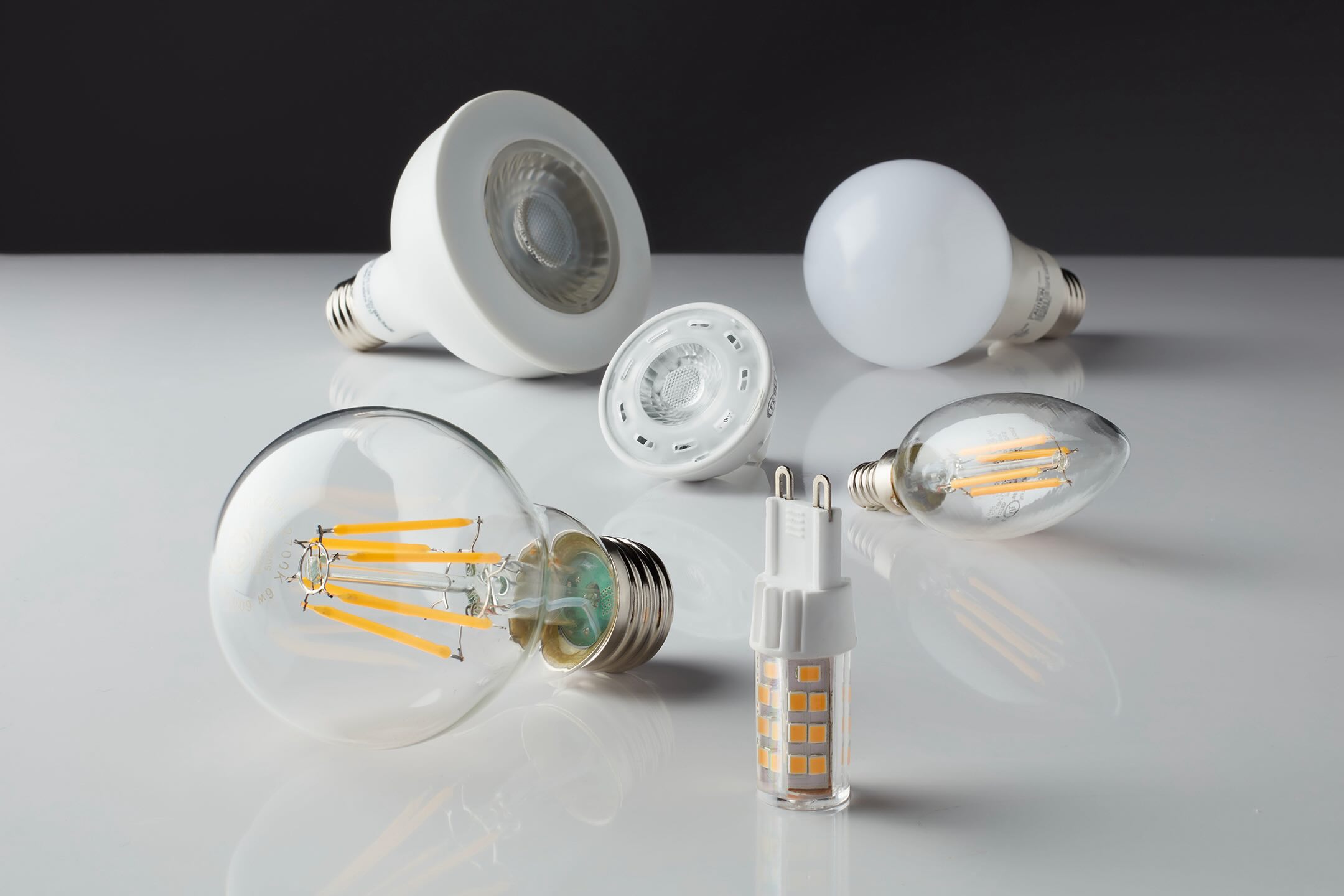

Articles
What Size Light Bulbs Are Best Suited For Ceiling Fans
Modified: March 1, 2024
Looking for information on what size light bulbs to use in ceiling fans? Check out our helpful articles on this topic to find the perfect fit for your fan.
(Many of the links in this article redirect to a specific reviewed product. Your purchase of these products through affiliate links helps to generate commission for Storables.com, at no extra cost. Learn more)
Introduction
Ceiling fans are a great addition to any home, providing comfort and energy efficiency. One important aspect of ceiling fans is the lighting that they provide. To ensure that your ceiling fan illuminates your space effectively, it is vital to use the correct size light bulbs. In this article, we will explore the different sizes of light bulbs that go into ceiling fans and help you understand how to choose the right size for your needs.
A ceiling fan typically consists of a motor housing, fan blades, and a light kit. The light kit is where the light bulbs are installed, allowing the fan to provide both airflow and illumination. Understanding the sizes of light bulbs for ceiling fans is crucial as using the wrong size can lead to inefficient lighting or even damage to the fan.
When it comes to ceiling fan light bulb sizes, there are a few standard options available. The most commonly used sizes are the A15, A19, and B10 bulbs. These bulbs are named based on their shape and size, making it easier to determine which one will fit your ceiling fan light kit.
LED light bulbs have gained popularity in recent years due to their energy efficiency and long lifespan. They are an excellent option for ceiling fans as they produce bright, yet energy-saving illumination. LED bulbs are available in various sizes to fit different light kits, ensuring you can find the right size for your ceiling fan.
Choosing the right light bulb size is essential to ensure proper illumination and avoid any potential issues. The size of the light bulb not only affects its fit within the light kit but also determines the amount and direction of light emitted. A bulb that is too large may not fit properly or cause heat buildup, while a bulb that is too small may not provide sufficient brightness.
By considering the size of the light bulbs for your ceiling fan and selecting the appropriate ones, you can enjoy optimal illumination and enhance the aesthetic appeal of your space. In the following sections, we will delve deeper into the different standard light bulb sizes for ceiling fans, the advantages of using LED bulbs, and provide tips on choosing the right size for your specific ceiling fan.
Key Takeaways:
- Choose the right light bulb size for your ceiling fan by understanding standard sizes like A15, A19, and B10. LED bulbs offer energy efficiency, long lifespan, and customizable brightness options, enhancing your fan’s performance and saving costs in the long run.
- When selecting light bulbs for your ceiling fan, refer to the manufacturer’s guidelines, consider the light kit dimensions, desired brightness level, and explore LED options. Balancing practicality, aesthetics, and functionality ensures optimal illumination and energy efficiency for your space.
Read more: What Size Bulb for Ceiling Fan
Understanding Ceiling Fan Light Bulb Sizes
When it comes to ceiling fan light bulb sizes, it’s important to understand the different options available and how they are labeled. The most commonly used labeling system for light bulbs is based on their shape and size.
The A15, A19, and B10 are the standard sizes of light bulbs for ceiling fans. The “A” in the code represents the shape, which is typically a traditional light bulb shape. The number that follows represents the diameter of the bulb in eighths of an inch. For example, an A15 bulb has a diameter of 15/8 of an inch.
The A15 bulb is the smallest of the three standard sizes. It is commonly used in smaller ceiling fans or light kits with limited space. This bulb provides sufficient brightness for most situations and is a good choice if you have a compact ceiling fan.
The A19 bulb is the most commonly used size for ceiling fans. It has a larger diameter compared to the A15, providing more light output. This bulb is suitable for larger ceiling fans or rooms that require brighter illumination. It is versatile and readily available, making it the go-to option for many homeowners.
The B10 bulb has a narrower and elongated shape compared to the A15 and A19 bulbs. It is often used for decorative purposes due to its unique appearance. The B10 bulb is a good choice if you want to add a touch of elegance to your ceiling fan or create a softer, diffused lighting effect.
It’s essential to refer to the manufacturer’s guidelines for your specific ceiling fan model to ensure compatibility with a particular bulb size. The light kits of ceiling fans are designed to accommodate specific bulb sizes, and using the wrong size may result in issues such as improper fit or inadequate illumination.
It’s worth noting that while these are the standard sizes, there may be variations among different ceiling fan models. Some ceiling fans may require specialized or proprietary light bulbs, so it is always advisable to consult the manufacturer’s recommendations.
Now that we have a better understanding of the different ceiling fan light bulb sizes let’s explore the advantages of using LED bulbs for your ceiling fan.
Standard Light Bulb Sizes for Ceiling Fans
When it comes to choosing light bulbs for your ceiling fan, there are a few standard sizes to consider. These sizes are commonly used and readily available, making it easier for you to find the right bulb for your fan’s light kit.
The A15, A19, and B10 are the standard light bulb sizes for ceiling fans, as mentioned earlier. Let’s take a closer look at each of these sizes:
- A15: The A15 bulb is the smallest of the three standard sizes. It has a diameter of 15/8 of an inch and is commonly used in smaller ceiling fans or light kits with limited space. Despite its size, the A15 bulb provides sufficient brightness for most situations, making it a practical option for compact ceiling fans.
- A19: The A19 bulb is the most common size for ceiling fans. With a larger diameter than the A15 bulb, it offers more light output. This makes it suitable for larger ceiling fans or rooms that require brighter illumination. The A19 bulb is versatile and widely available, making it a popular choice among homeowners.
- B10: The B10 bulb has a unique shape compared to the A15 and A19 bulbs. It is narrower and more elongated, often used for decorative purposes due to its elegant appearance. The B10 bulb can add a touch of style to your ceiling fan, and it also creates a softer, diffused lighting effect.
When selecting the appropriate standard light bulb size for your ceiling fan, it’s essential to consider the dimensions of your fan’s light kit and the level of brightness you desire. Refer to the manufacturer’s guidelines for your specific ceiling fan model to ensure compatibility with a particular bulb size.
It’s worth noting that some ceiling fan models may require specialized or proprietary light bulbs. In such cases, it is recommended to follow the manufacturer’s recommendations to ensure proper functionality and avoid any issues that may arise from using incompatible bulbs.
Now that we have explored the standard sizes of light bulbs for ceiling fans let’s shift our focus to the advantages of using LED bulbs.
When choosing light bulbs for ceiling fans, look for bulbs labeled as “ceiling fan bulbs” or “candelabra bulbs” to ensure they fit properly and are the right wattage for your fan.
LED Light Bulbs for Ceiling Fans
LED (Light Emitting Diode) bulbs have become increasingly popular in recent years due to their energy efficiency and long lifespan. They are an excellent choice for ceiling fans, providing both bright illumination and cost savings in the long run. Let’s explore the advantages of using LED light bulbs for your ceiling fan.
Energy Efficiency: LED bulbs are highly energy-efficient compared to traditional incandescent bulbs. They convert a higher percentage of electrical energy into light, minimizing wasted energy in the form of heat. This means that LED bulbs consume significantly less electricity to produce the same amount of light, resulting in lower energy bills and reduced environmental impact.
Long Lifespan: LED bulbs have an impressive lifespan that far surpasses traditional bulbs. On average, LED bulbs last up to 25 times longer than incandescent bulbs. This means fewer replacements and less hassle in the long run. LED bulbs are a reliable choice for ceiling fans, reducing the frequency of maintenance and replacement tasks.
Brightness: LED bulbs offer bright and focused illumination, making them ideal for ceiling fans. They produce a consistent and uniform light output, providing good visibility and improving the overall lighting in your space. With LED bulbs, you can enjoy a well-lit room without any flickering or uneven brightness issues often associated with other types of bulbs.
Color Temperature Options: LED bulbs come in a range of color temperatures, allowing you to customize the ambiance of your space. Color temperature is measured in Kelvins and determines the warmth or coolness of the light produced. Whether you prefer a warm, cozy feel or a cool, crisp ambiance, LED bulbs offer versatility in achieving the desired lighting mood.
Dimmability: Many LED bulbs are dimmable, giving you control over the level of brightness in your ceiling fan. This feature allows you to create the perfect lighting atmosphere for different activities or moods. However, it’s important to ensure that your ceiling fan and light switch are compatible with dimmable LED bulbs before making a purchase.
Environmentally Friendly: LED bulbs do not contain harmful substances such as mercury, which is commonly found in older types of bulbs. This means that LED bulbs are more environmentally friendly and safer to dispose of. LED technology aligns with efforts to reduce carbon footprints and promote sustainability.
When it comes to choosing LED bulbs for your ceiling fan, consider the socket type and size requirements of your fan’s light kit. LED bulbs are available in various base types, including screw-in (Edison) bases and pin bases. Make sure to select LED bulbs that are compatible with your ceiling fan’s light kit to ensure a proper fit and optimal performance.
Now that we have highlighted the advantages of using LED bulbs, let’s move on to the next section, which will provide you with tips on choosing the right light bulb size for your specific ceiling fan.
Choosing the Right Light Bulb Size for Your Ceiling Fan
When it comes to choosing the right light bulb size for your ceiling fan, there are a few factors to consider. By taking into account these considerations, you can ensure proper illumination and avoid any potential issues that may arise from using the wrong size bulb.
1. Refer to the Manufacturer’s Guidelines: The first step in choosing the right light bulb size is to refer to the manufacturer’s guidelines for your specific ceiling fan model. The manufacturer typically provides recommendations regarding the compatible bulb sizes and types for optimal performance. Following their guidelines will ensure that you select a bulb that fits properly within the light kit and meets the electrical requirements of your fan.
2. Assess the Light Kit: Examine the dimensions and design of your ceiling fan’s light kit. Consider the available space and any restrictions that may limit the size of the bulbs you can use. Some light kits may have specific sockets or enclosures that require bulbs of a particular size or shape. By understanding the light kit’s characteristics, you can narrow down your options and choose a bulb size that fits snugly without obstructing other components or overheating.
3. Determine the Desired Level of Brightness: Consider the level of brightness you desire in the room. Larger spaces or rooms with higher ceilings may require brighter bulbs to adequately light the area. On the other hand, smaller rooms or areas that aim for a softer ambiance may benefit from a lower wattage or dimmable bulbs. Understanding your lighting needs will help you select a bulb size that provides the desired illumination without being too overpowering or insufficient.
4. Consider Aesthetic Preferences: In addition to functionality, consider the aesthetic preferences for your ceiling fan’s lighting. If you are looking for a more decorative touch, a bulb with a unique shape or design, such as a B10 bulb, can add an elegant or artistic flair to the room. Balancing both aesthetics and functionality will ensure that your choice of bulb size enhances the overall look and feel of your ceiling fan.
5. Explore LED Options: LED bulbs offer numerous advantages, as discussed earlier. Consider the benefits of using LED bulbs for your ceiling fan, such as energy efficiency, long lifespan, and dimmability. LED bulbs are available in various sizes and shapes, including the standard A15, A19, and B10 sizes. Choosing LED bulbs not only ensures bright and efficient lighting but also minimizes maintenance and replacement tasks in the long run.
6. Consult with a Lighting Professional: If you are unsure about which bulb size to choose or have specific requirements for your ceiling fan’s lighting, it can be helpful to consult with a lighting professional. They can provide expert guidance based on your specific needs and offer recommendations that align with your preferences and the technical specifications of your ceiling fan.
Ultimately, choosing the right light bulb size for your ceiling fan is a balance between practicality, aesthetics, and functionality. Taking into account the manufacturer’s guidelines, assessing the light kit, considering the desired level of brightness, and exploring LED options will help you make an informed decision.
By selecting the appropriate light bulb size, you can ensure optimal illumination, enhance the overall aesthetic of your space, and enjoy the benefits of energy-efficient lighting for your ceiling fan.
Now, let’s move on to the concluding section of this article.
Conclusion
Choosing the right light bulb size for your ceiling fan is essential to ensure proper illumination, energy efficiency, and overall functionality. By understanding the different standard sizes, such as the A15, A19, and B10, you can select a bulb that fits snugly within your fan’s light kit and meets your lighting needs.
LED bulbs offer numerous advantages for ceiling fans, including energy efficiency, long lifespan, brightness, color temperature options, dimmability, and environmental friendliness. Consider opting for LED bulbs to enjoy optimal lighting performance and cost savings in the long run.
When selecting a light bulb size, it’s crucial to refer to the manufacturer’s guidelines for your specific ceiling fan model. These guidelines provide recommendations for compatible bulb sizes and types, ensuring proper fit and performance. Assessing the light kit, considering the desired level of brightness, and taking aesthetic preferences into account will help you make an informed choice that enhances both the functionality and visual appeal of your ceiling fan.
In summary, proper light bulb selection plays a significant role in maximizing the benefits of your ceiling fan. With the right size bulbs, you can achieve efficient and effective lighting, creating a comfortable and inviting atmosphere in your space.
Remember to consult with a lighting professional if you have any uncertainties or specific requirements for your ceiling fan’s lighting. They can provide expert advice tailored to your needs and help you make the best decision.
Now that you have a better understanding of ceiling fan light bulb sizes and how to choose the right ones, it’s time to put this knowledge into action. Enjoy the improved lighting and energy efficiency that the right light bulbs can bring to your ceiling fan.
Frequently Asked Questions about What Size Light Bulbs Are Best Suited For Ceiling Fans
Was this page helpful?
At Storables.com, we guarantee accurate and reliable information. Our content, validated by Expert Board Contributors, is crafted following stringent Editorial Policies. We're committed to providing you with well-researched, expert-backed insights for all your informational needs.
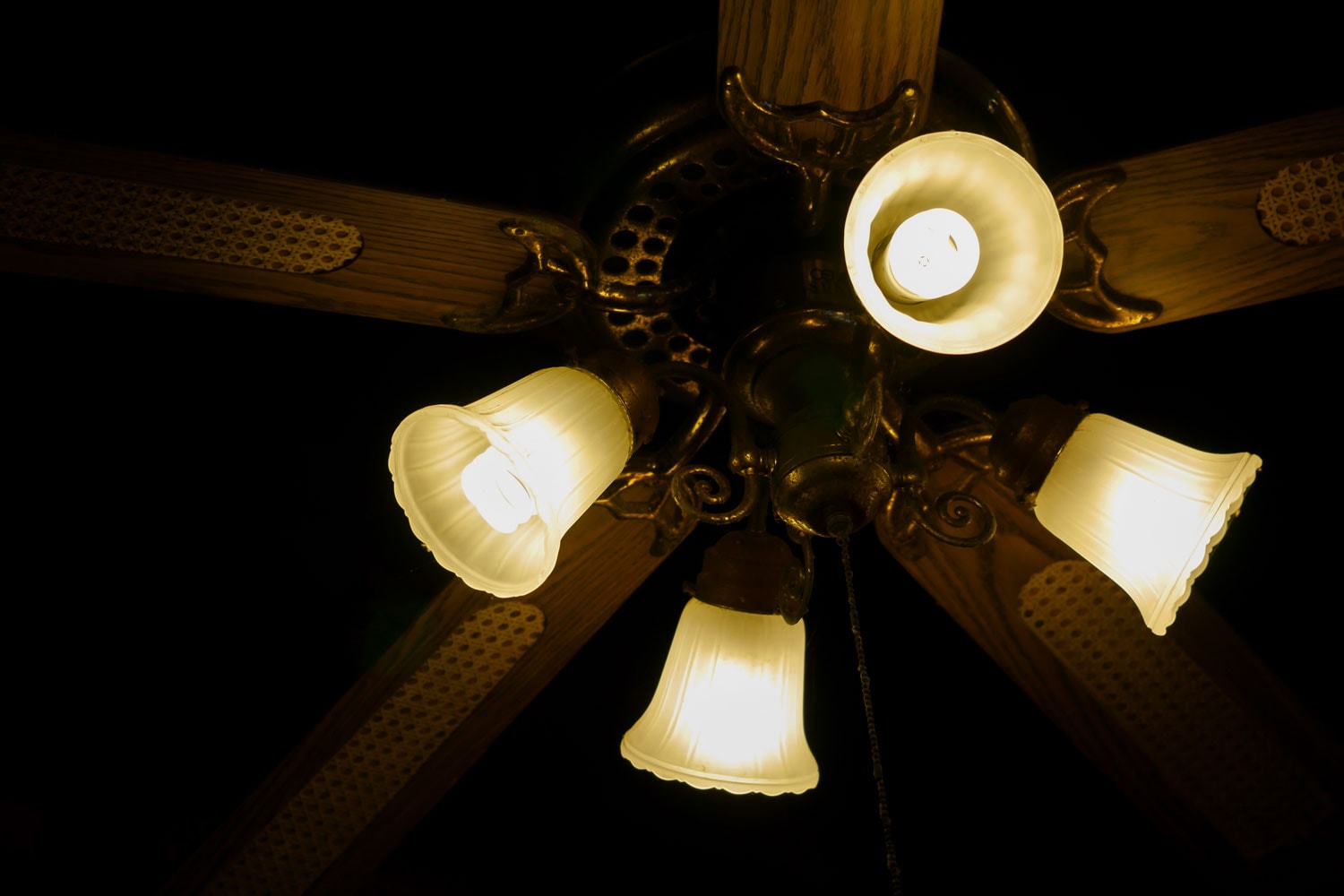
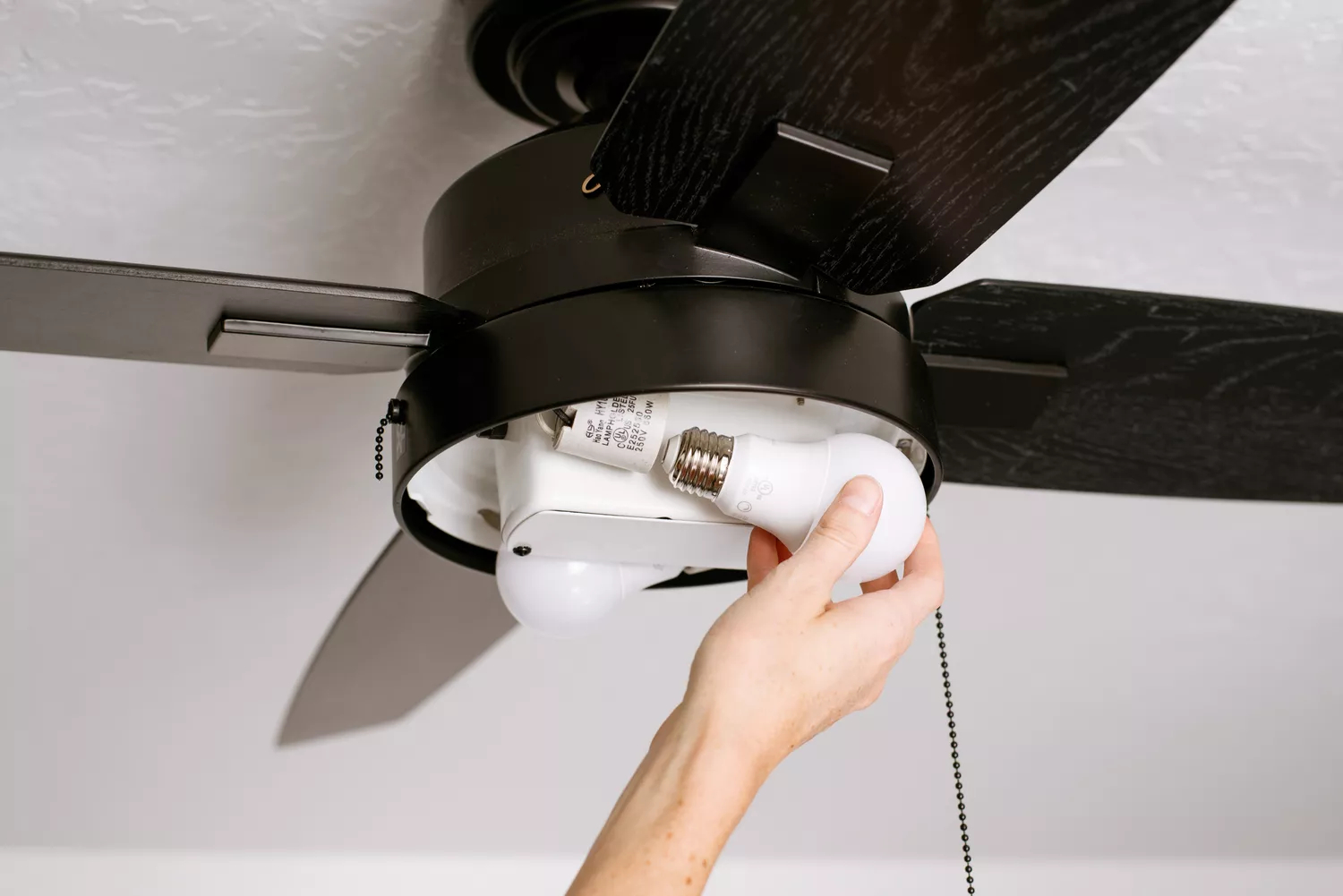
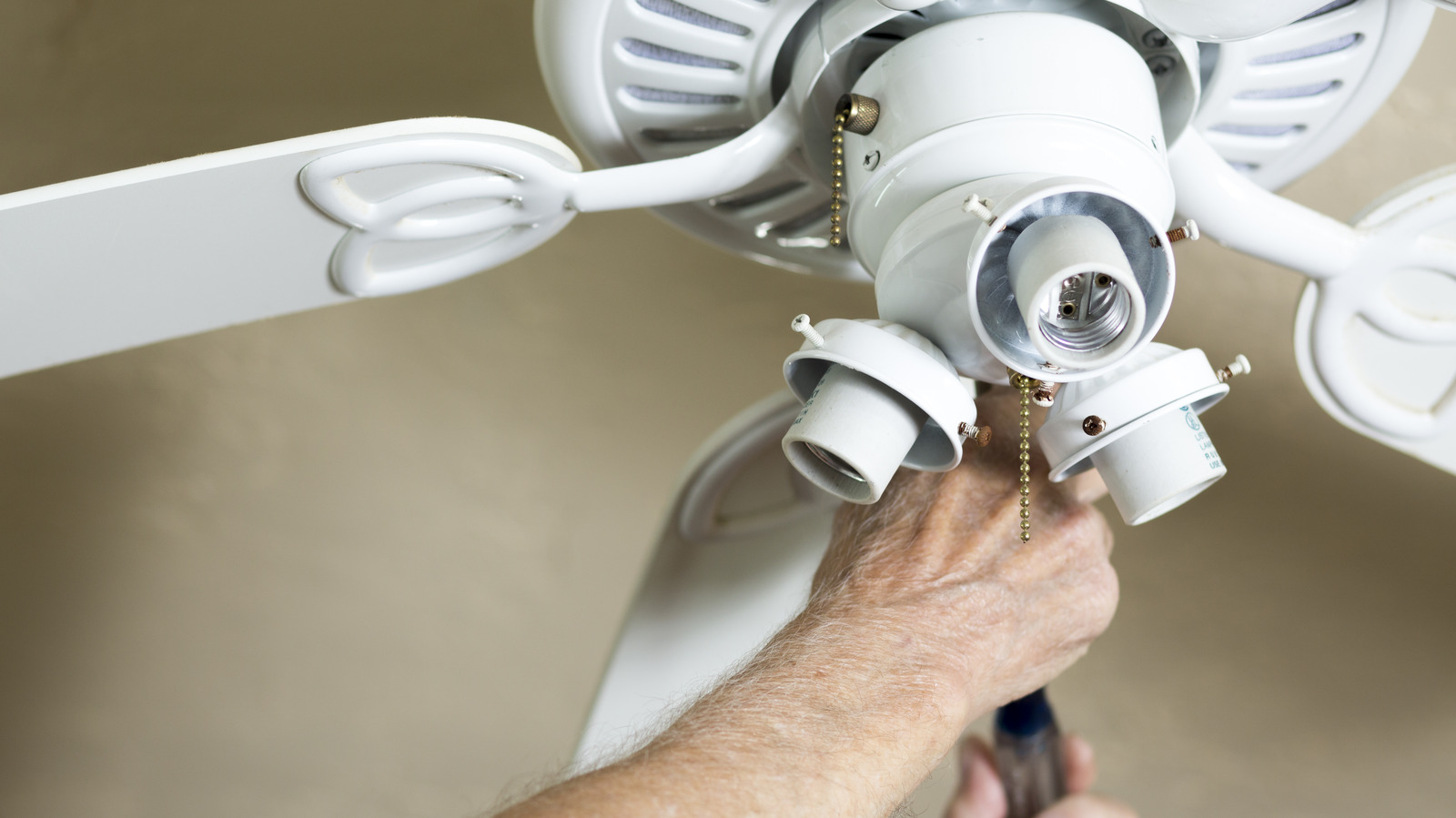

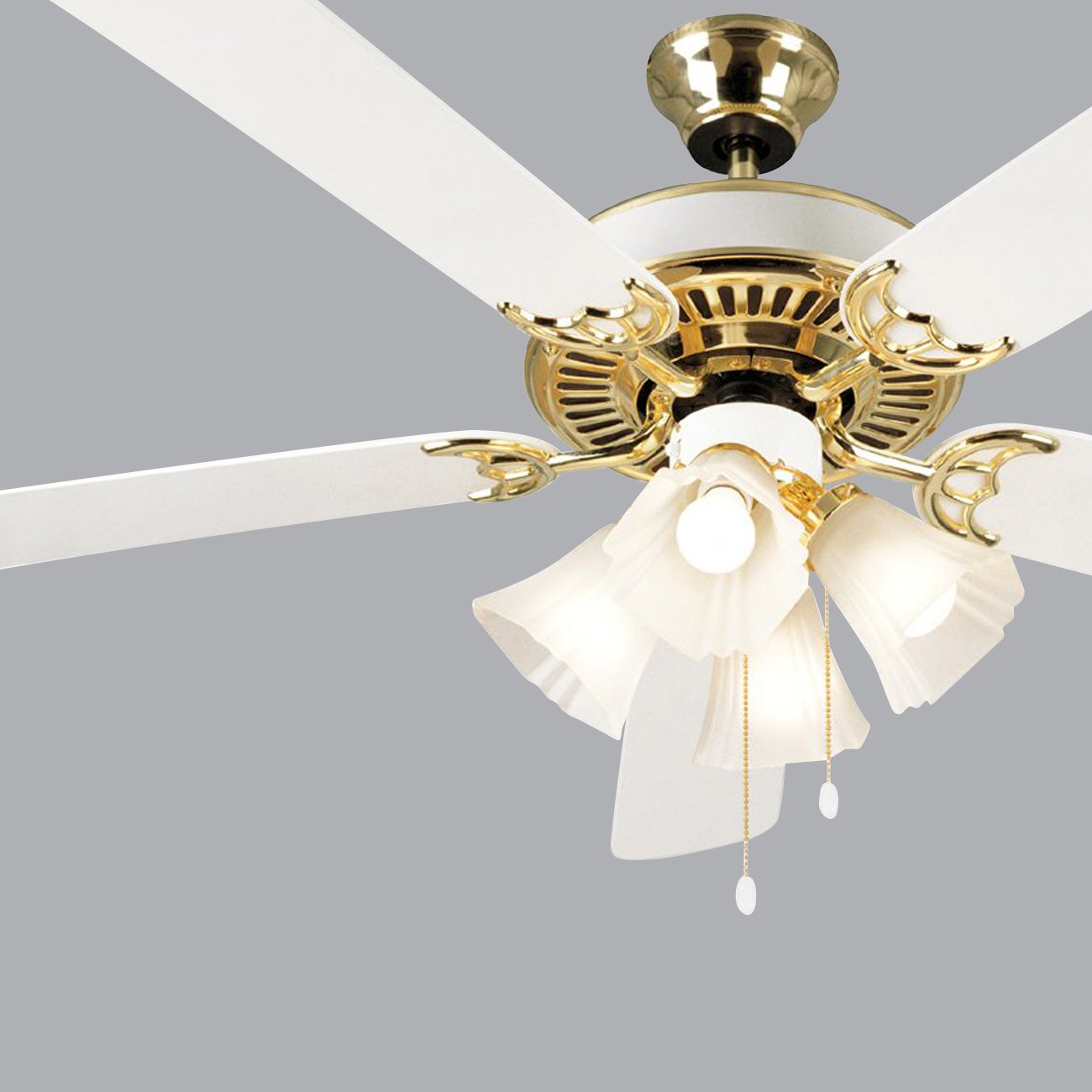
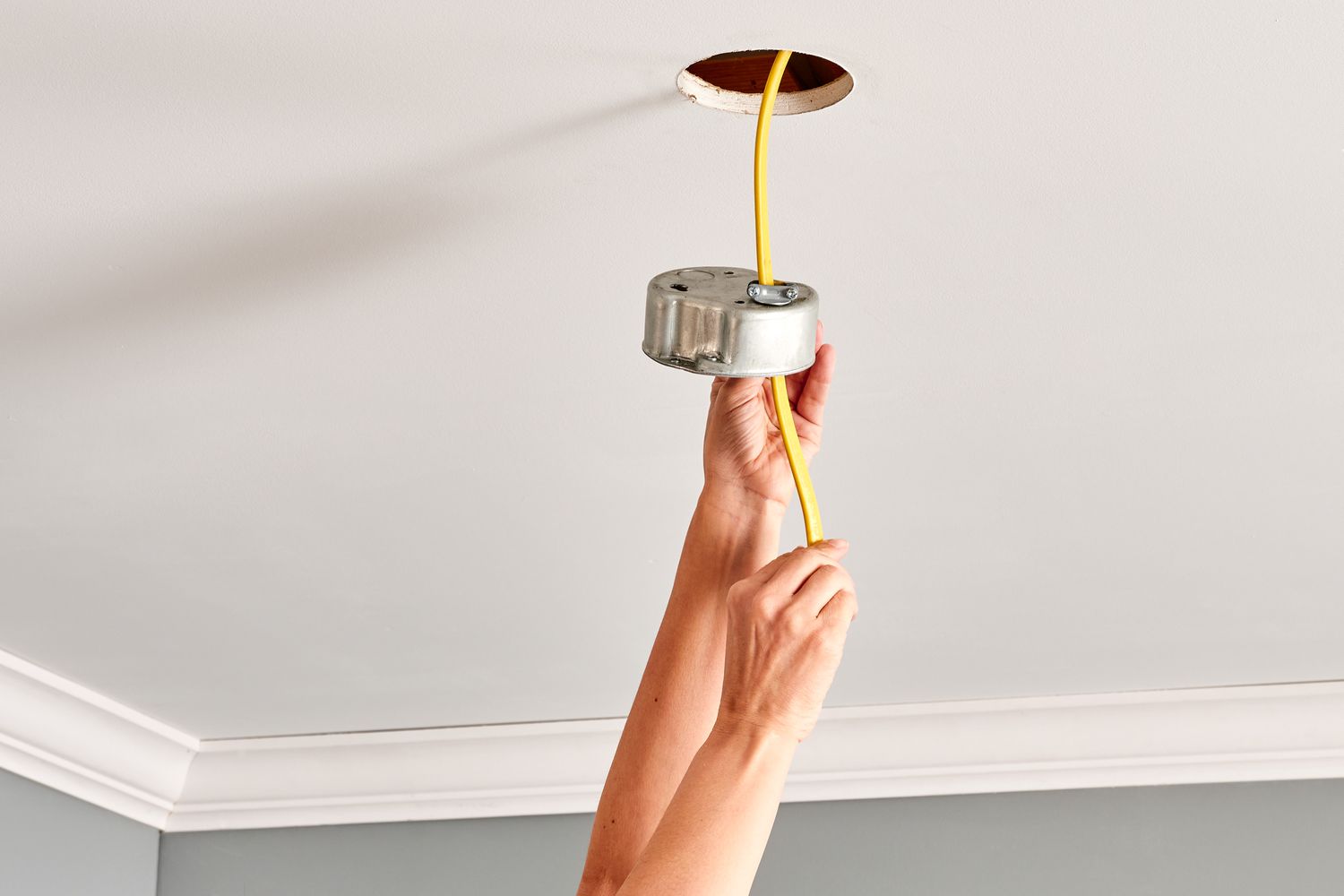

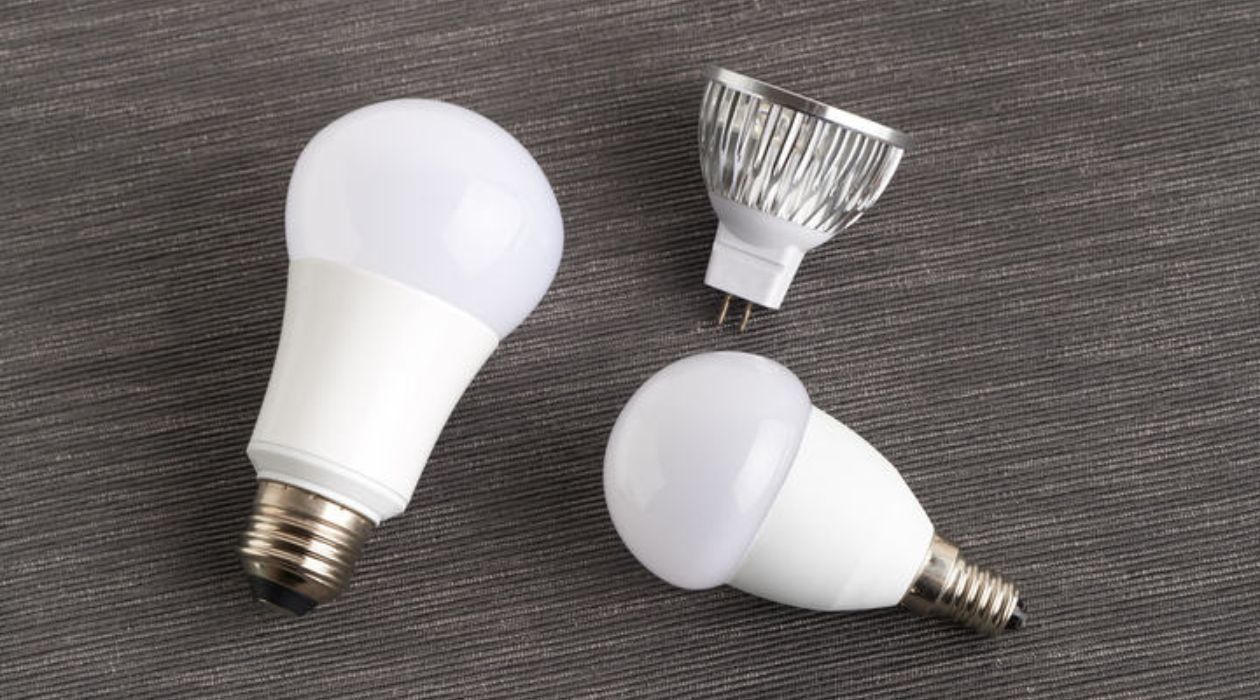
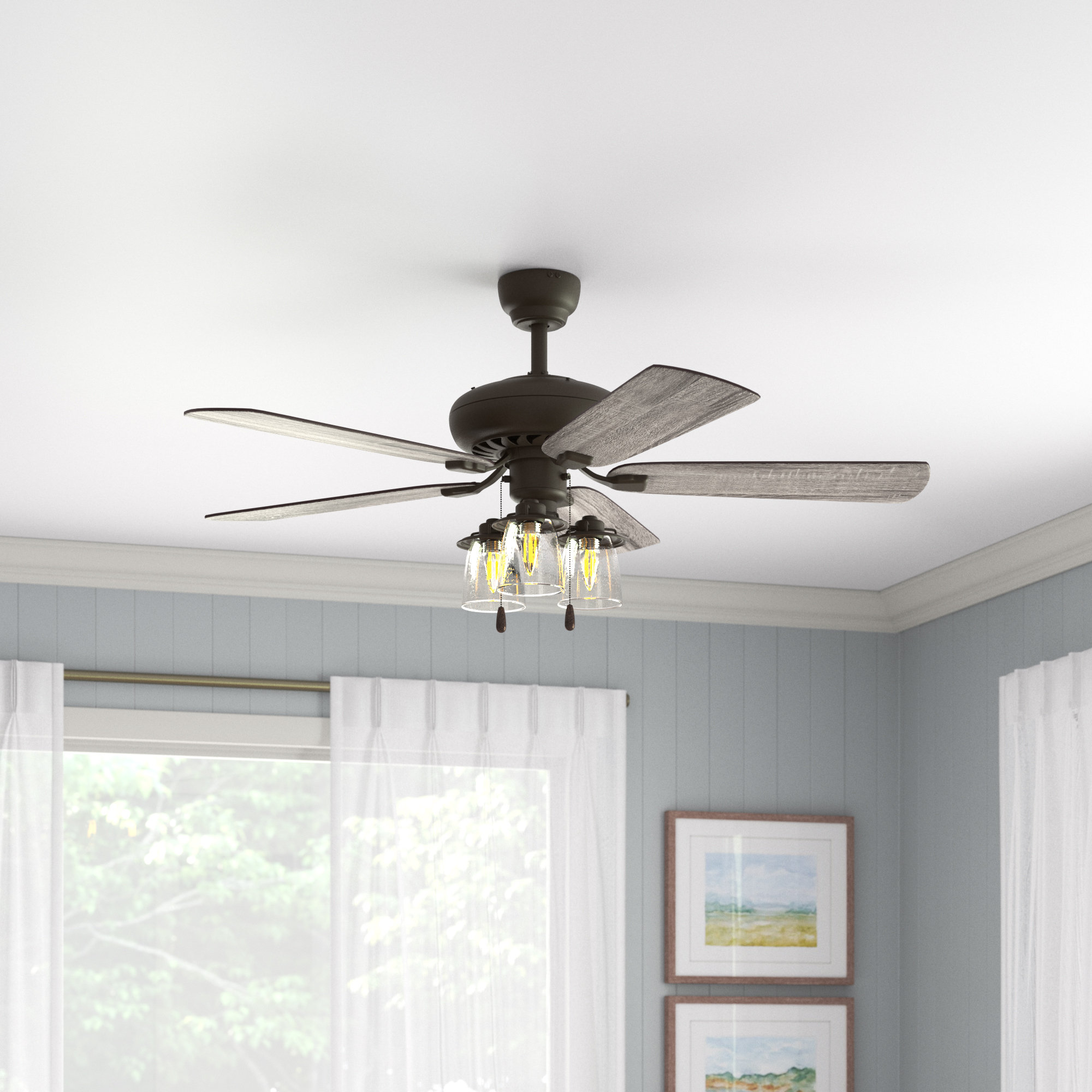
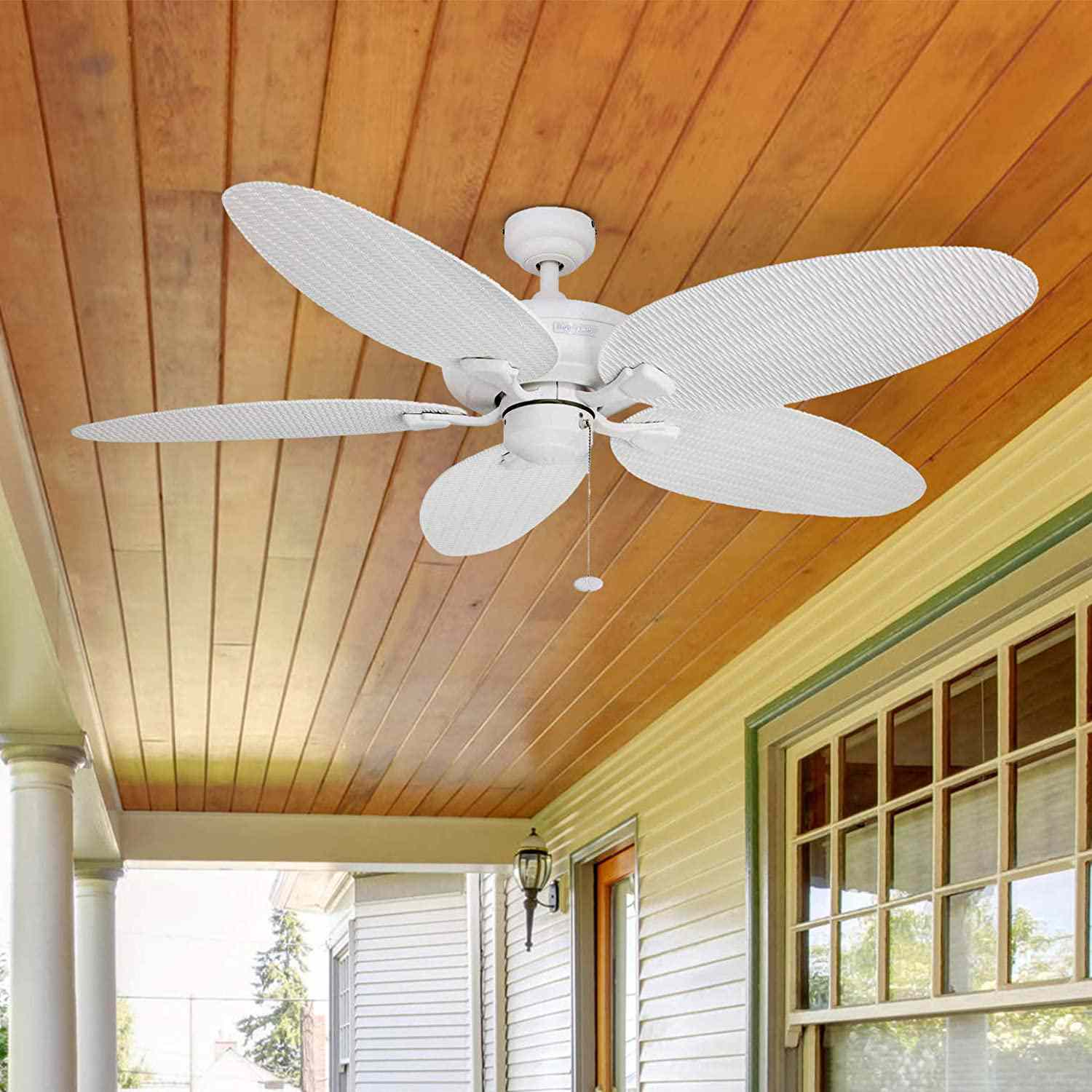
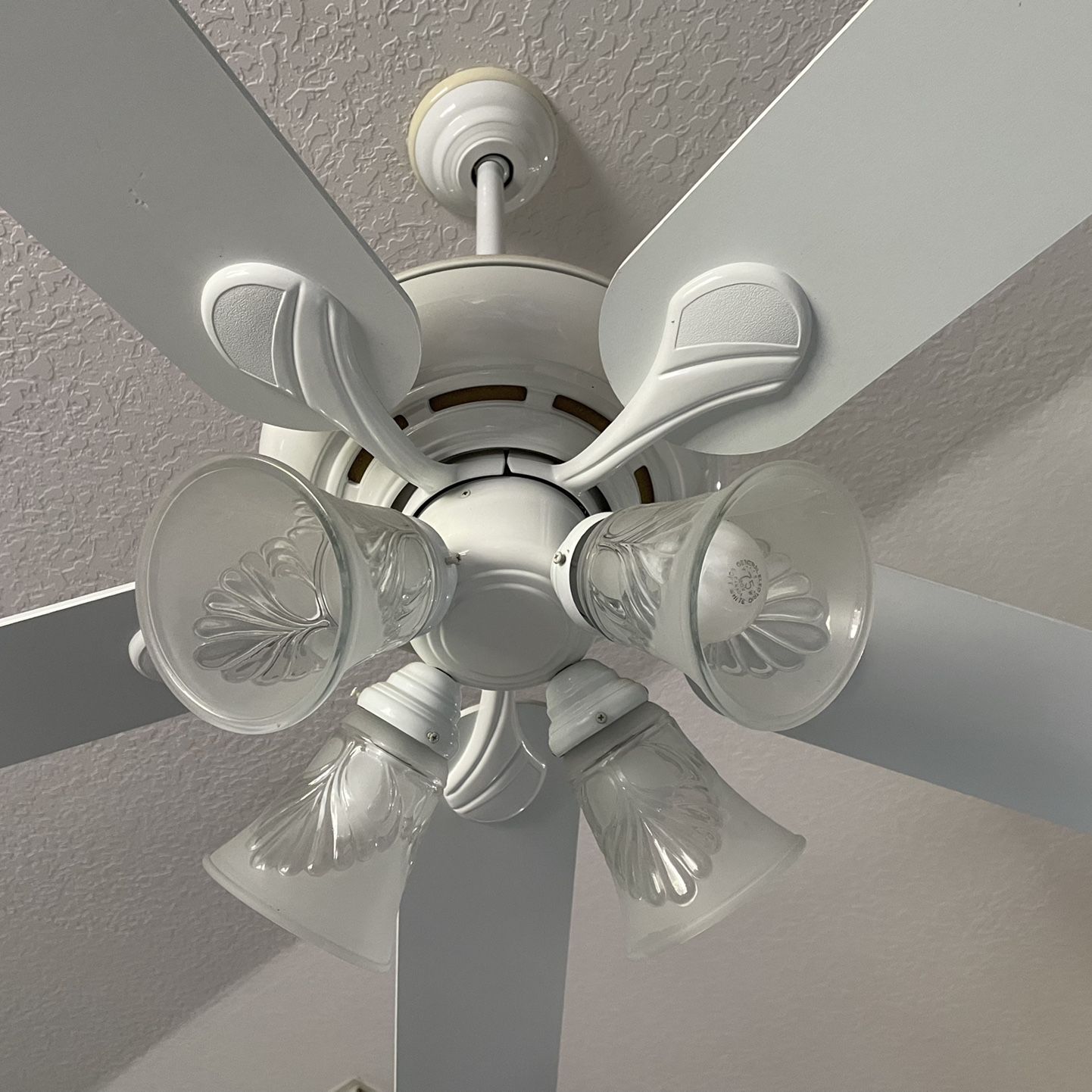
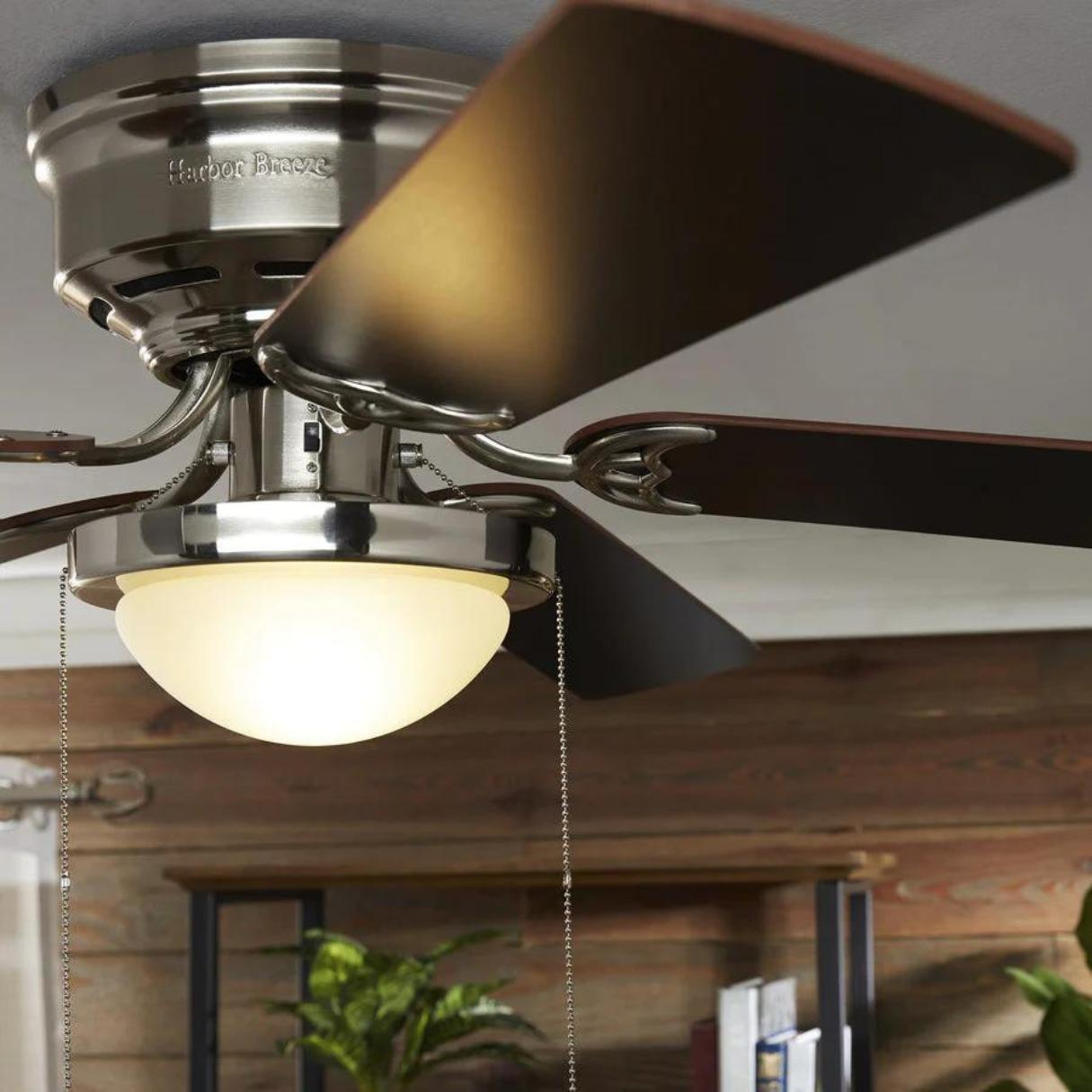
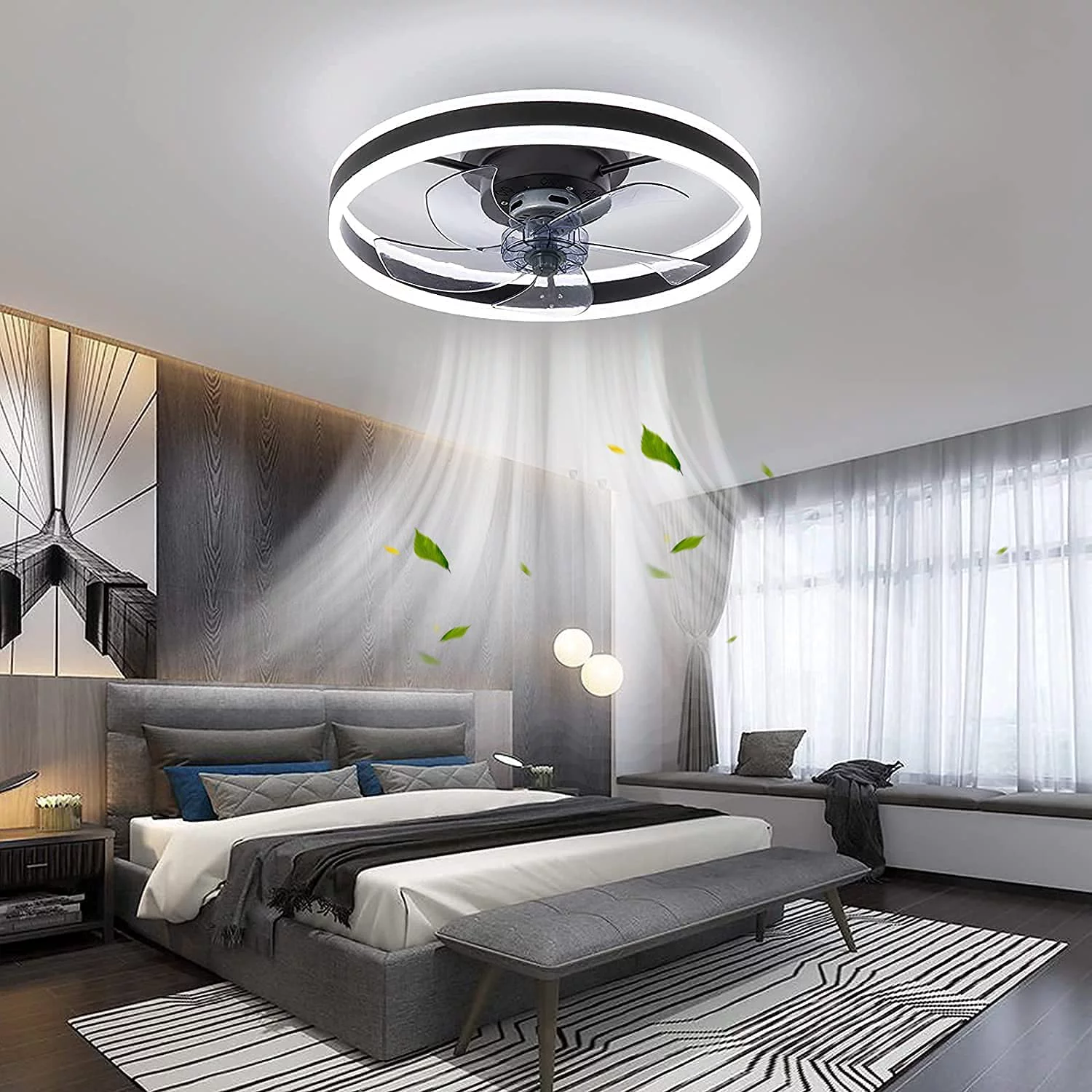
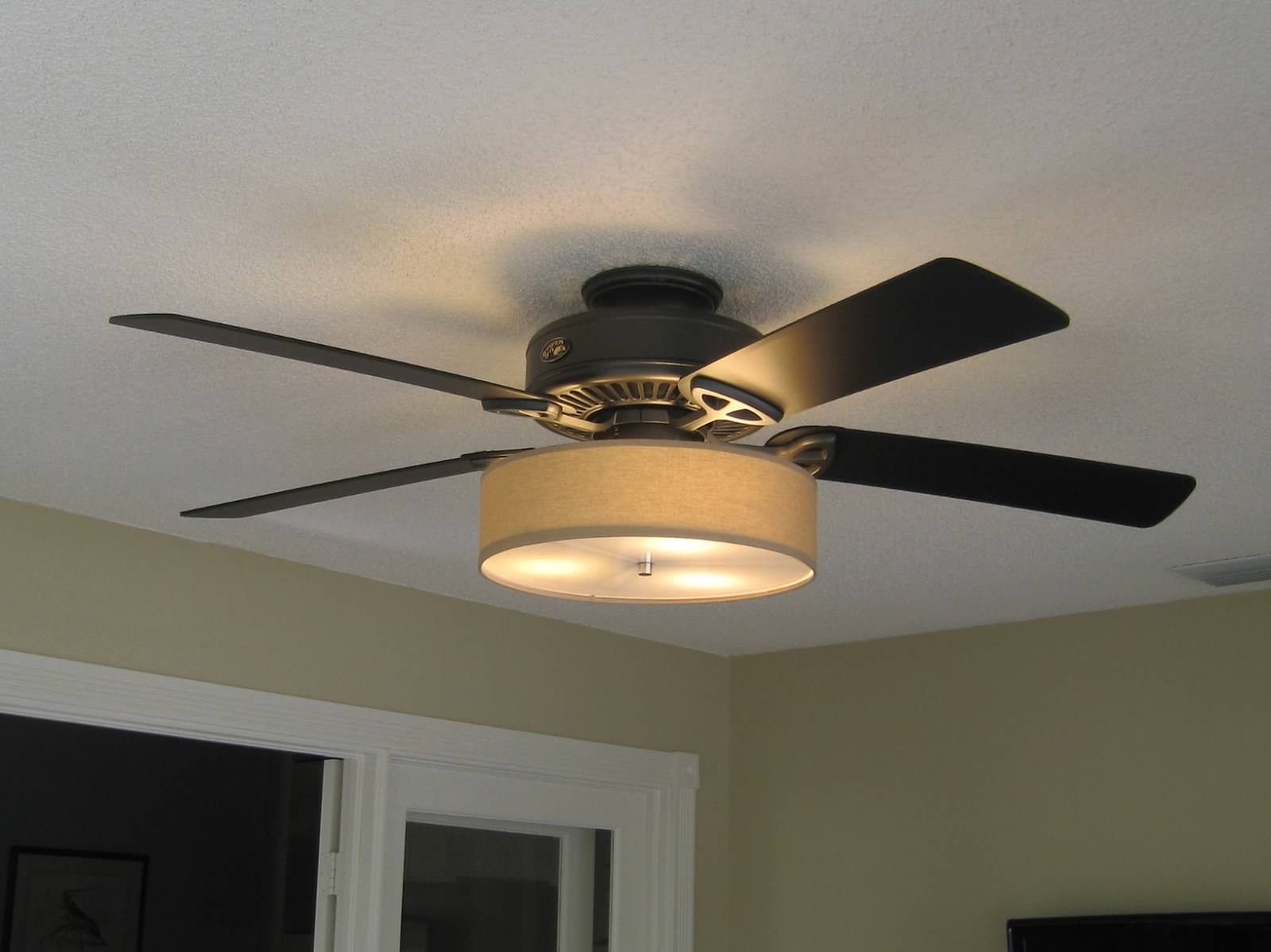

0 thoughts on “What Size Light Bulbs Are Best Suited For Ceiling Fans”